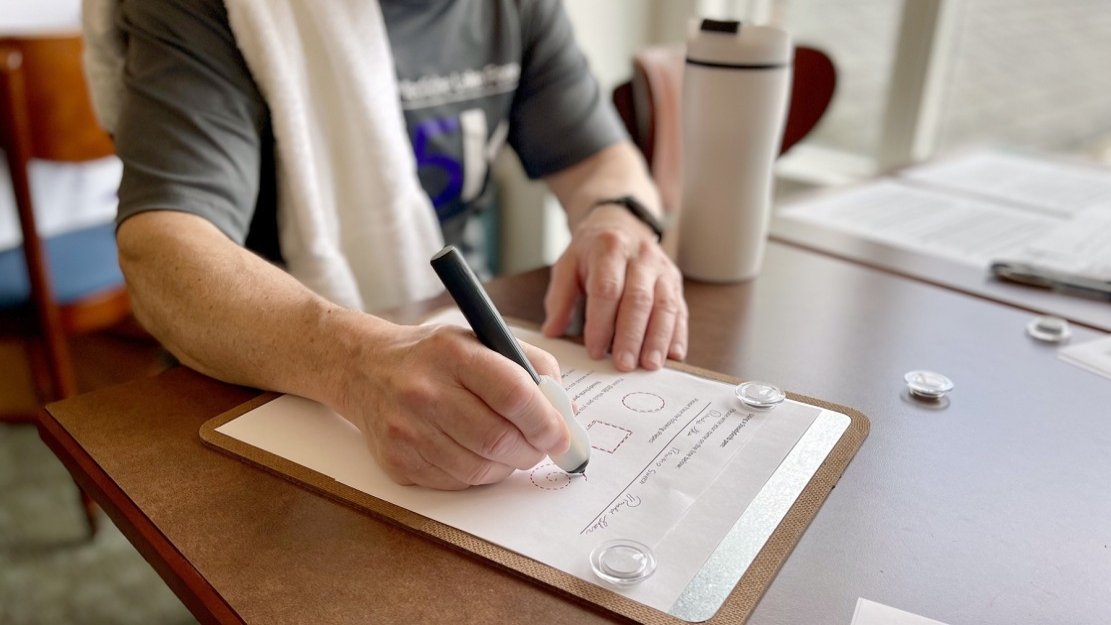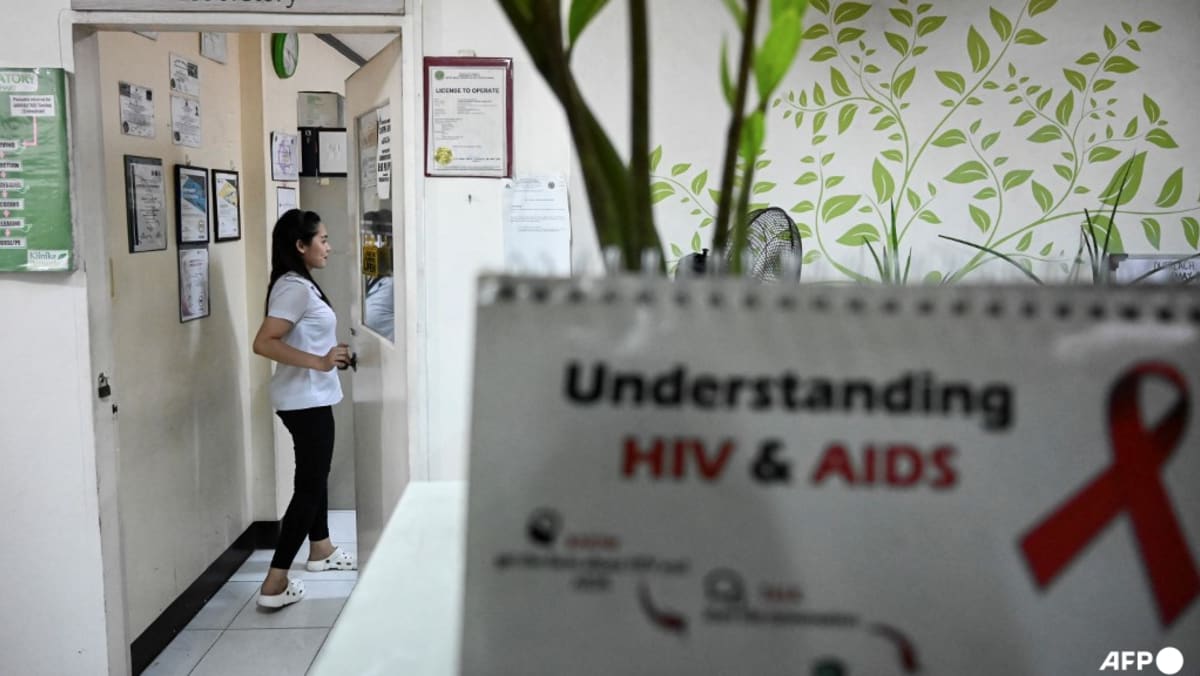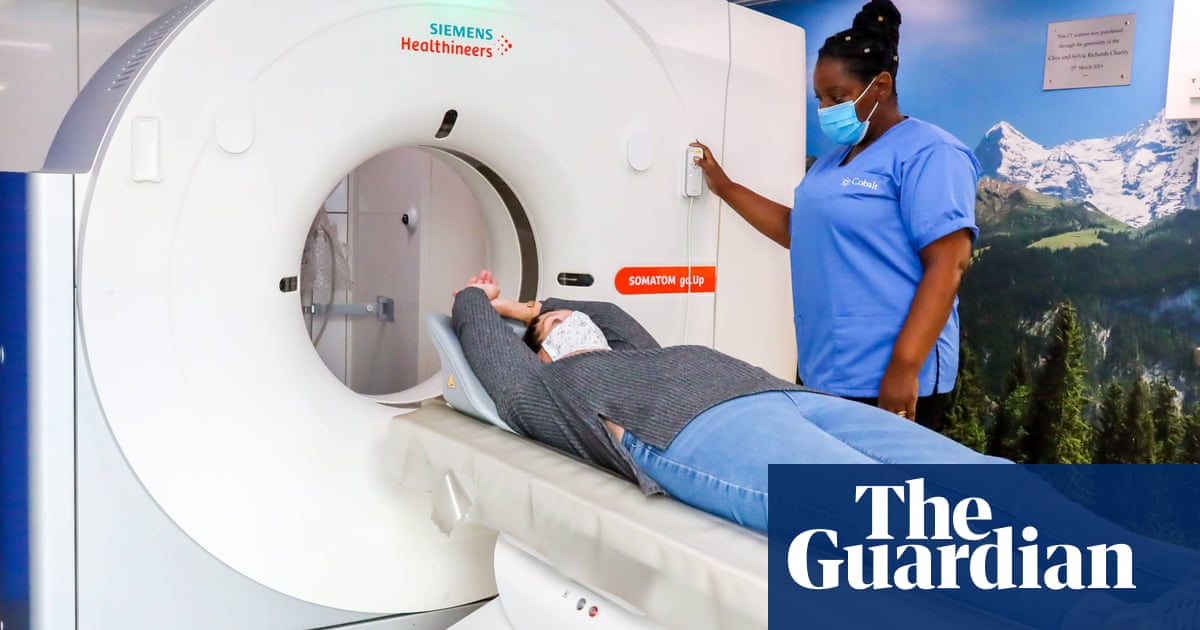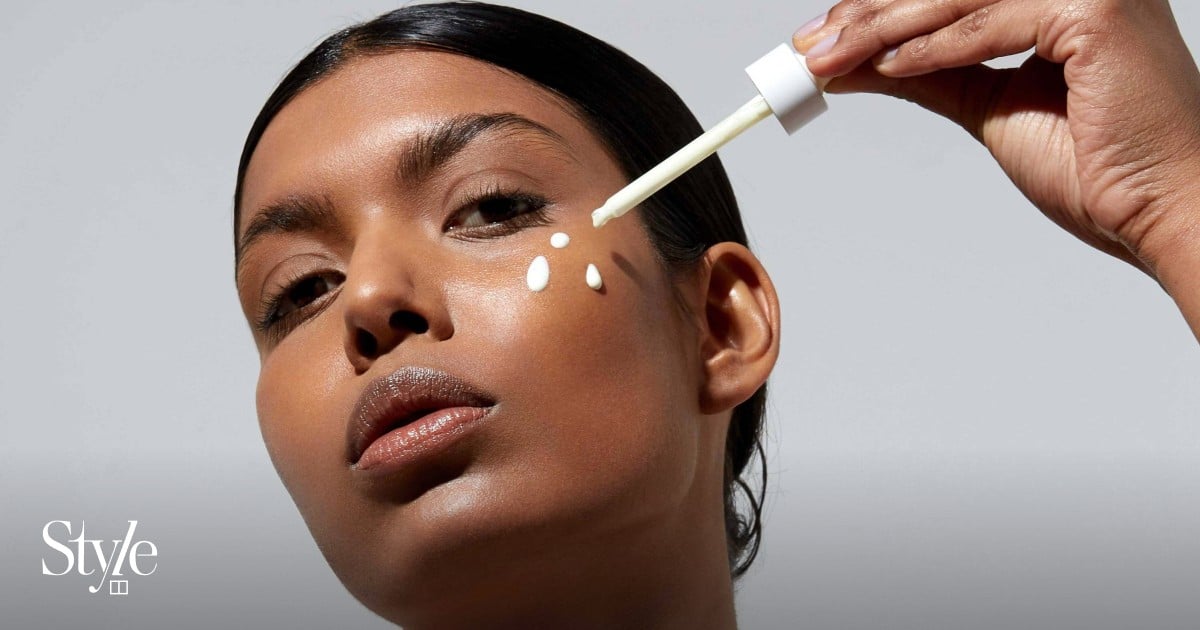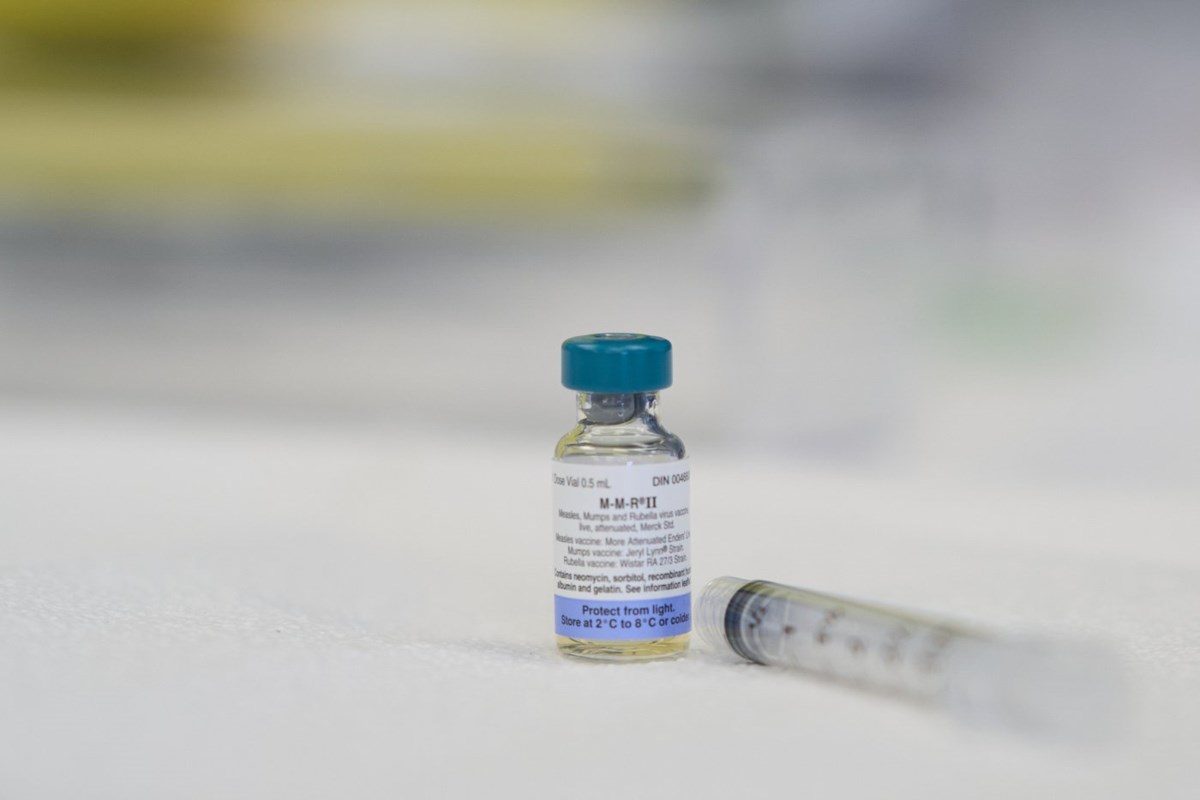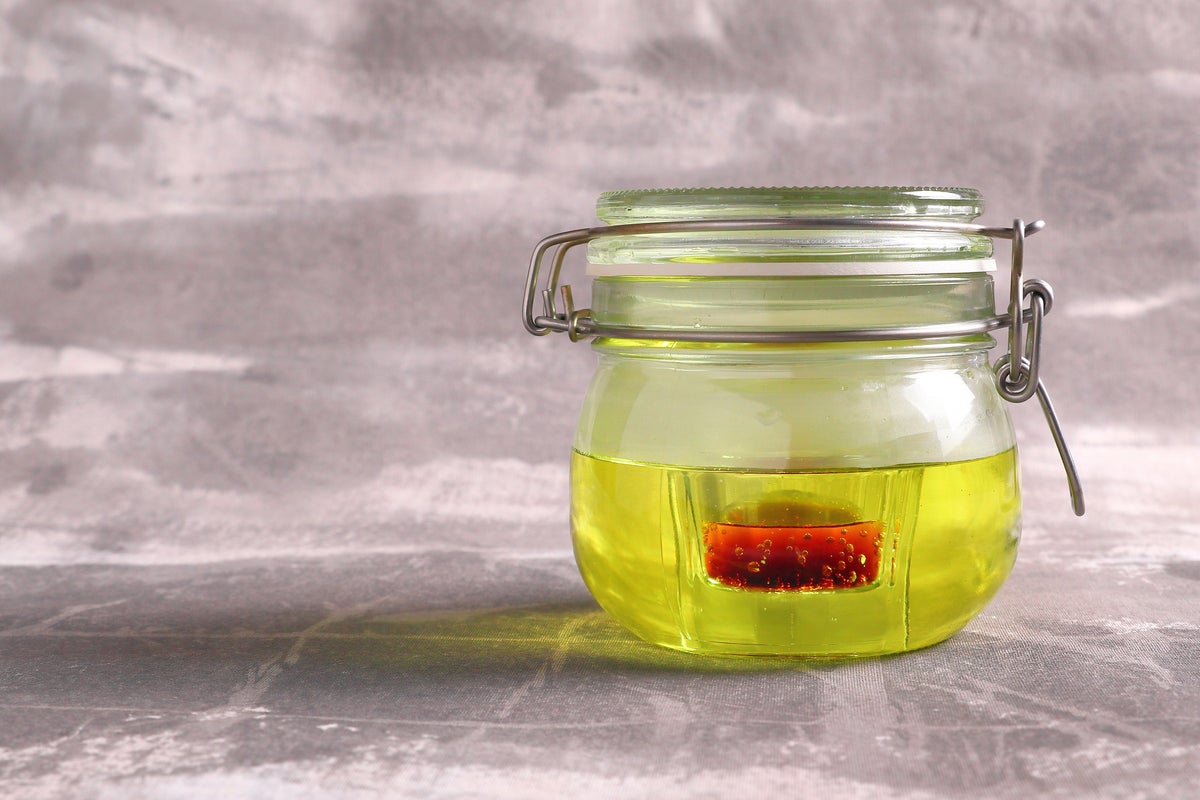Mice Demonstrate Sense of Embodiment with Artificial Limbs in Study Published by PLOS Biology
A groundbreaking study recently published in PLOS Biology has revealed that mice can perceive artificial limbs as integral parts of their own bodies. This finding sheds light on the fascinating phenomenon of embodiment, which has been predominantly studied in humans through experiments such as the rubber-hand illusion. The research was spearheaded by scientists from the CNRS: Center National de la Recherche Scientifique in France, under the guidance of lead researcher Luc Estebanez.
The study delves into the interactions between mice and artificial limbs, examining whether these animals display signs of recognizing the prosthetics as extensions of their physical form. This concept closely parallels the rubber-hand illusion, a well-documented psychological experiment in which individuals report feeling a sense of ownership over a fake hand when it is stroked in sync with their actual hand. In the case of this study, researchers noted both behavioral and neural responses from the mice that suggested they experienced a similar sense of embodiment.
This research has significant implications for the field of neuroprosthetics, as it suggests that the underlying mechanisms that contribute to the feeling of body ownership may be preserved across different species. This insight could lead to innovative advancements in the design of neuroprosthetic devices, enhancing their integration and functionality for users, particularly for those who have lost limbs.
By understanding how animals like mice integrate artificial limbs into their sensory perception, scientists can better inform the development of prosthetic technologies that not only restore physical capability but also enhance the psychological acceptance of these devices. The notion that such embodiment can occur in non-human species opens up exciting avenues for future research in the intersection of neuroscience, psychology, and engineering.
The findings from this study are not just a testament to the complex interactions between biology and technology but also highlight the potential for cross-species insights that can benefit human health and well-being. As technology advances, the hope is to create prosthetics that feel as natural as possible, both physically and psychologically, ultimately improving the quality of life for individuals who depend on them.
The research team’s work is a significant step forward, indicating that our understanding of body ownership and sensory integration can be expanded beyond traditional human-centric studies.















